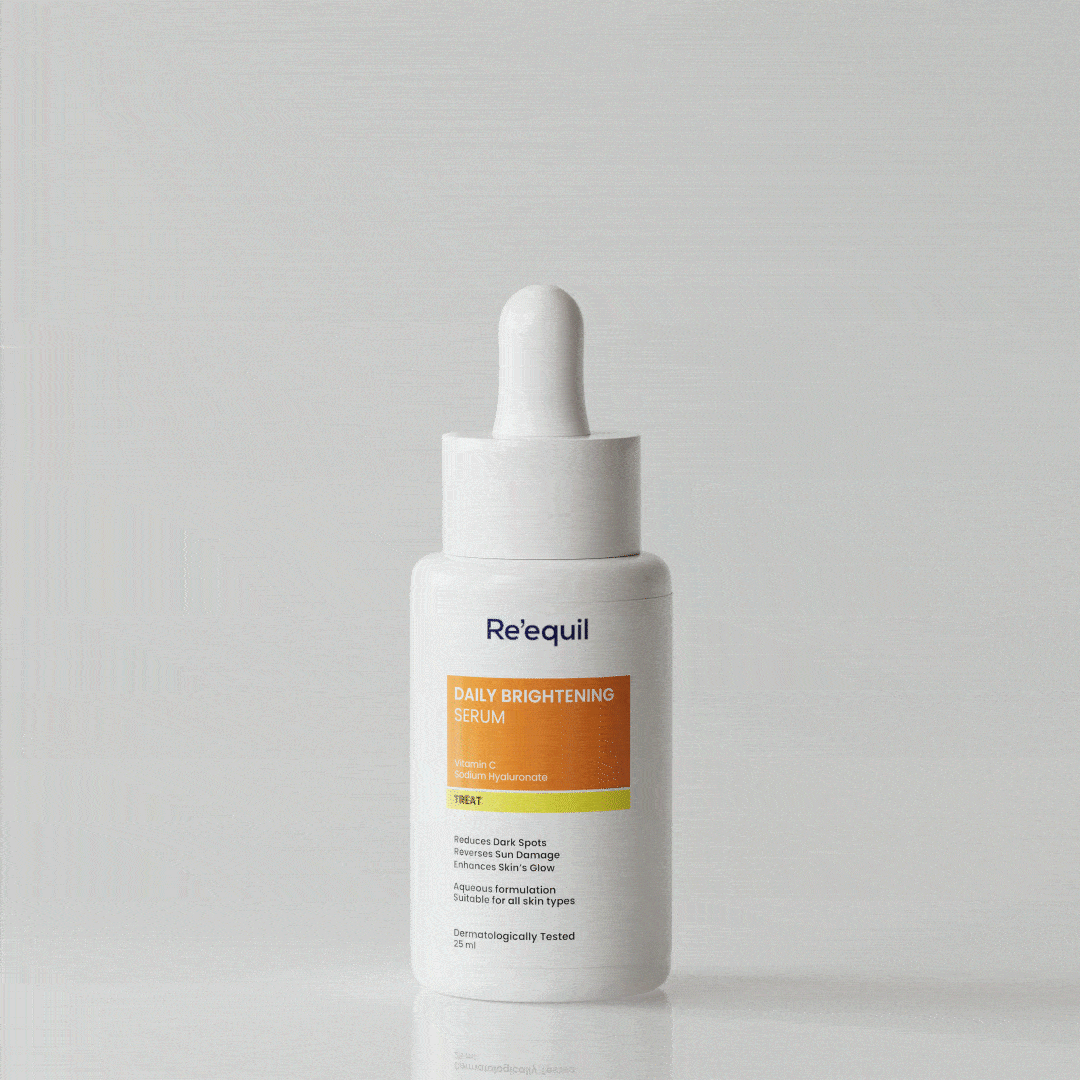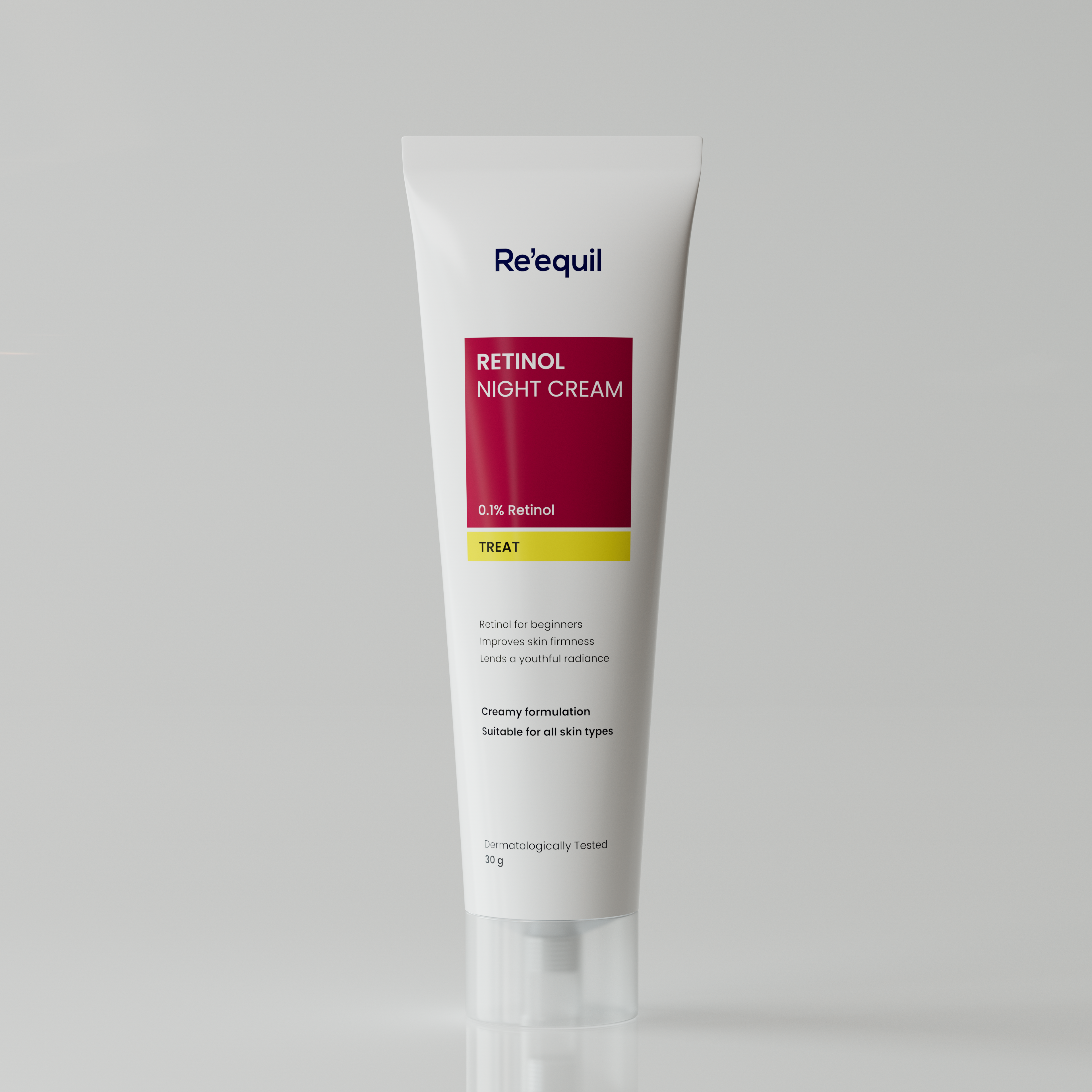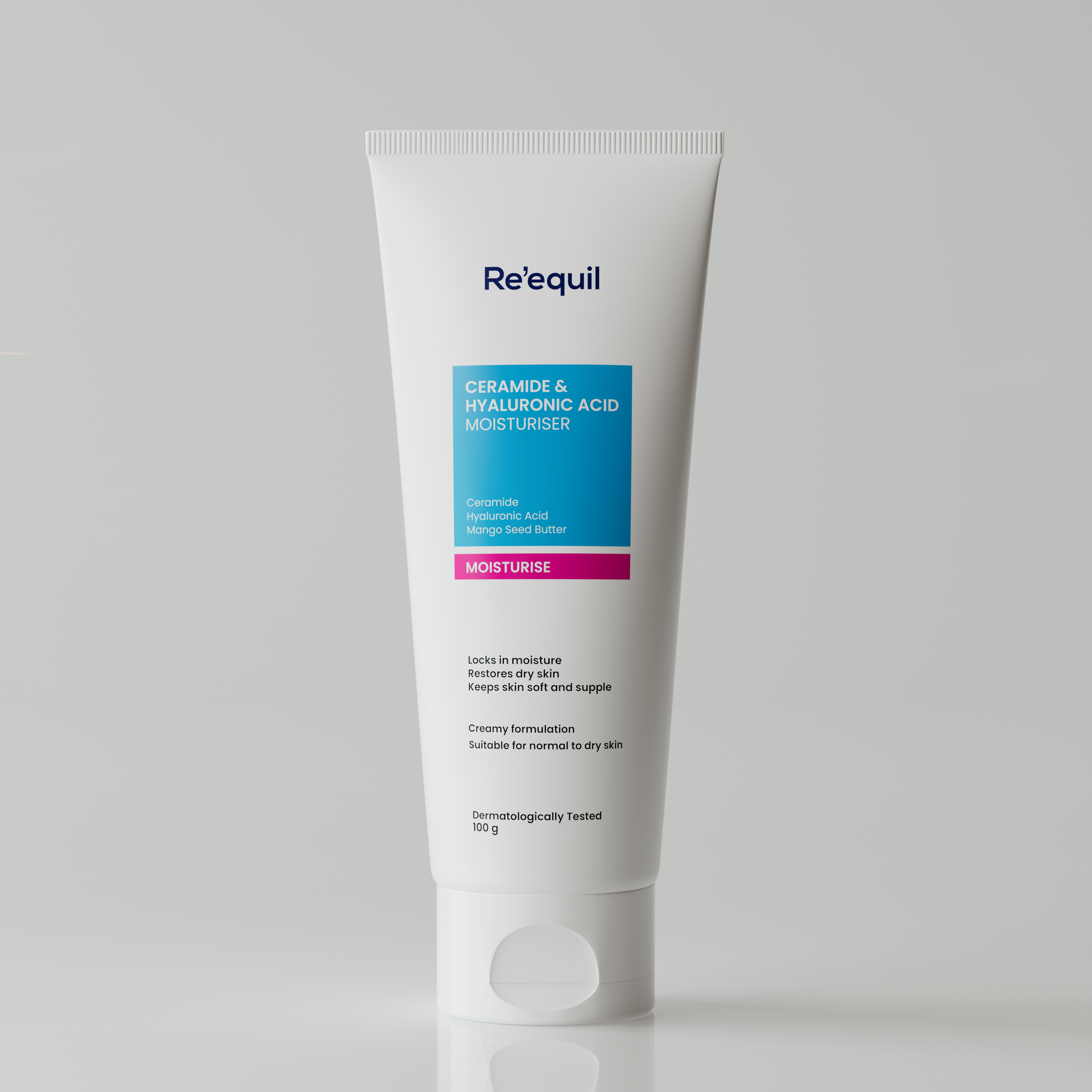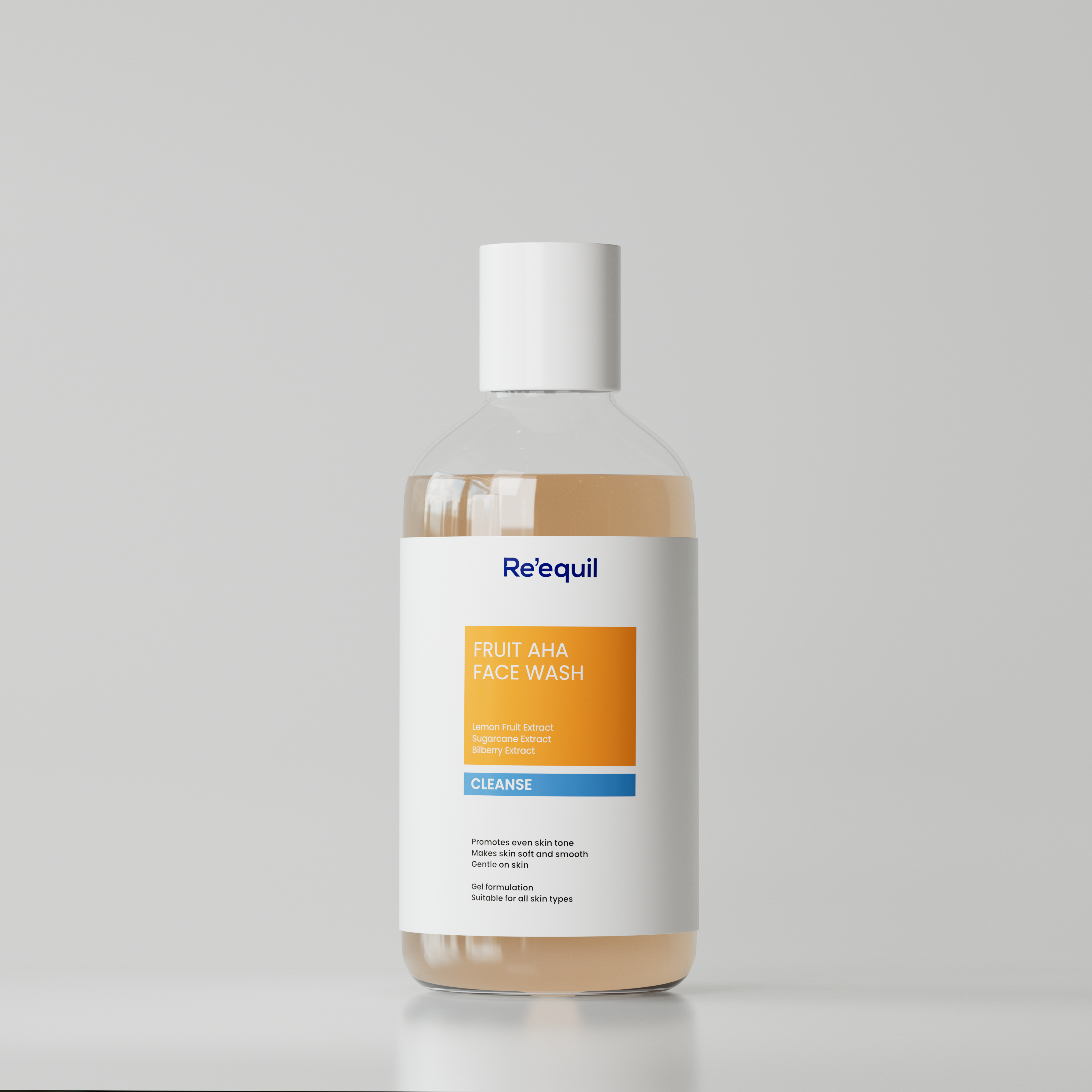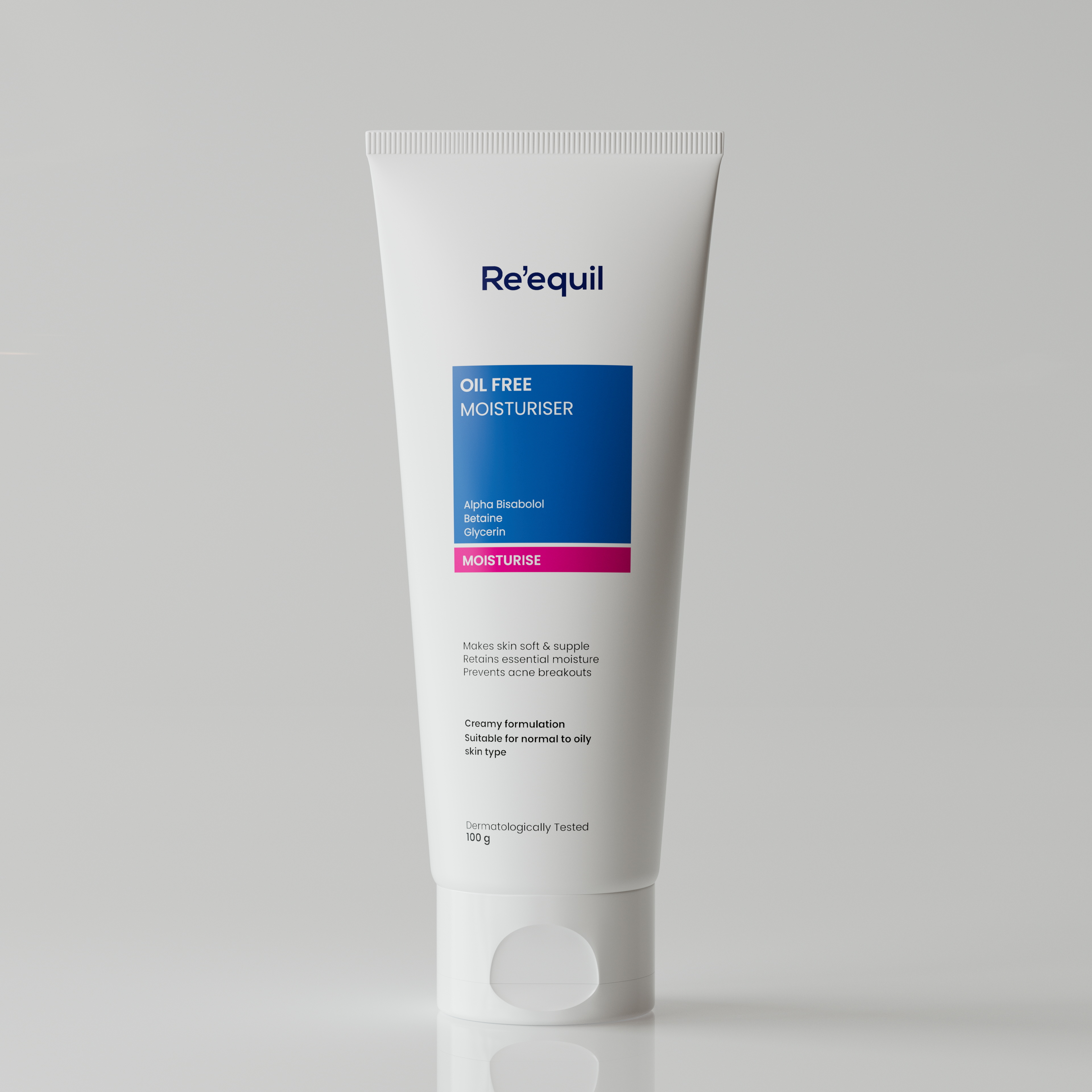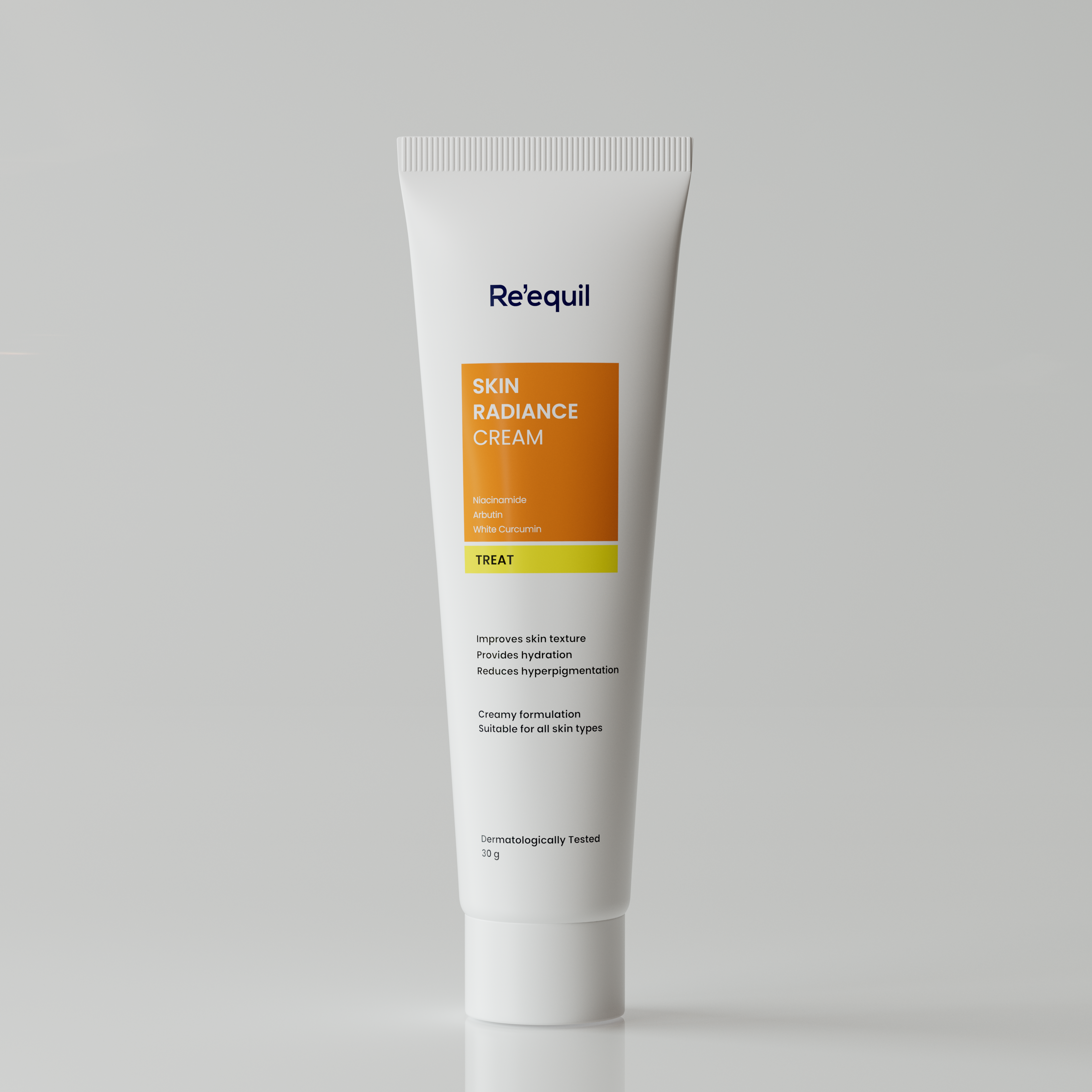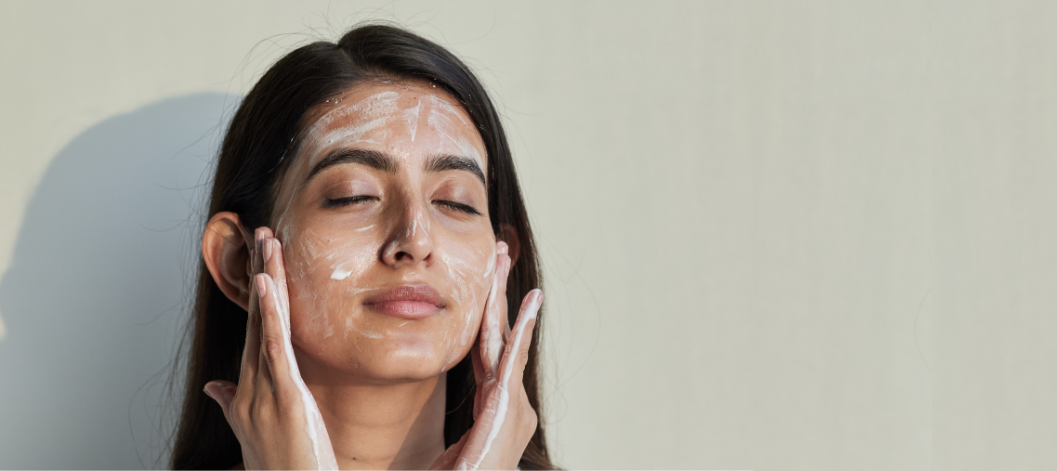While hyperpigmentation or dark spots may not physically hurt, we know it can take an emotional toll.
From dark patches to blemishes and uneven skin, factors like excess melanin, sun exposure, and acne scars can all play a role.
But here’s the good news—hyperpigmentation and dark spots can be prevented.
How?
One effective solution is using AHAs (Alpha Hydroxy Acids).
Research says that AHAs are highly effective in managing hyperpigmentation and exfoliating skin to the core. This multitasking superstar ingredient leaves skin soft, supple and smooth with even skin tone.
Read this article to learn more about AHAs and how you can incorporate them in your skincare regimen to prevent or get rid of blemishes.
How do AHAs reduce dark spots?
Alpha-Hydroxy Acids or AHAs are a group of natural fruit acids widely used in skin care products.
They are known for their significant exfoliating properties.
AHAs work by loosening the top layer of old skin cells.
It further encourages the growth of new skin cells underneath, leaving skin even-toned and radiant.
Research studies have shown their efficacy in treating acne scars, melasma, hyperpigmentation, roughness, age spots, and seborrhea.
One of the most popular alpha-hydroxy acids (AHA) used in skin care is Glycolic Acid.
Research studies show that it is highly effective at getting into the skin and treating skin concerns related to aging, acne and hyperpigmentation.
Here are 2 other types of AHAs commonly used in skincare products -
- Lactic Acid (found in sour milk and tomato juice)
- Citric Acid (found in citrus fruits)
READ - Glycolic Acid (AHAs) vs Salicylic Acid (BHAs): What you need to know
5 benefits of AHAs you should know about if you have dark spots or hyperpigmentation
It has been scientifically proven that AHAs are gentle on the skin, have a prolonged skin-repairing effect, and are safe to use on almost every skin type.
Now let's explore the many benefits of AHAs for your skin!
1. Regulates excessive melanin production to clear dark spots
Excess melanin production is one of the reasons that contribute to hyperpigmentation.
The pigment melanin gives skin its color. Many factors, sun exposure being the major one can result in excess melanin production, resulting in dark spots, dull and uneven skin tone.
AHAs help to regulate excessive melanin production by hindering the activity of the tyrosinase, an enzyme that helps in the production of melanin.
2. Exfoliates dead skin cells
The main purpose of AHAs is to exfoliate your skin. In fact, all of the other benefits associated with AHAs are based on this.
The process of exfoliation involves the removal of dead skin cells from the skin's surface.
This also prepares the way for the regeneration of new skin cells.
With ageing, the natural cell cycle of your skin slows down, causing dead skin cells to accumulate on your skin.
Over time, dead skin cells can clog your pores and dull your complexion.
The accumulation of dead skin cells can also exacerbate other skin issues, such as wrinkles, acne, uneven skin tone, and age spots.
Accumulated dead skin cells → Clogged pores → Dull complexion & Uneven skin tone
AHAs removes dead skin cells at the cellular level, making way for evenly pigmented new skin cells to grow.
This in turn leaves your skin even toned, radiant and soft.
Removal of dead skin cells → New skin cell regeneration → Radiant & even tone skin
3. Have antioxidant properties to reverse sun damage
Sun exposure is one of the main reasons for inducing age spots, melasma, and even worsening the existing hyperpigmentation.
Sun rays trigger melanin production and also lead to oxidative stress in skin through free radical generation.
AHAs have antioxidant properties and they help regulate free radicals. It helps skin repair itself.
4. Lock in the moisture to keep skin plump and hydrated
AHAs lock in moisture in your skin, which keeps it soft and hydrated.
Humectants present in AHAs keep your skin hydrated by attracting water to the surface.
They have the ability to draw water into the stratum corneum, the top layer of the skin.
As a humectant, it gives an immediate improvement in the way that the skin looks less ashy, dry, and dull.
5. Boosts collagen production to reduce wrinkles and fine lines
The loss of collagen leads to wrinkle formation, losing skin’s elasticity making it more vulnerable to damage.
While restoring skin’s natural radiance, research says that AHAs offer incredible anti-aging benefits to your skin.
They help in collagen synthesis promoting a youthful skin.
Moreover, AHAshave been considered highly effective in promoting increased gene expression of collagen and Hyaluronic Acid in the dermis and epidermis, which in turn improves plumpness and hydration of the skin.
Research article published in the National Library of Medicine (2015) reported that 9 out of 10 volunteers who used AHAs for almost a three-week period experienced significant improvements in overall skin texture.
How to add AHAs into your skincare routine?
Before incorporating AHAs in your skincare regimen, it is imperative to know what concentration of AHAs to be used.
Due to their great exfoliating properties it is suggested to build AHAs into your skin care regimen gradually to avoid irritation and inflammation to the skin.
Incorporating AHAs in your first step of skincare regimen i.e, face cleanser is a wonderful way to cleanse and exfoliate skin at the same time.
Using AHAs based cleansers gently exfoliate the dead cells on a regular basis leaving your skin soft, supple and rejuvenated.




